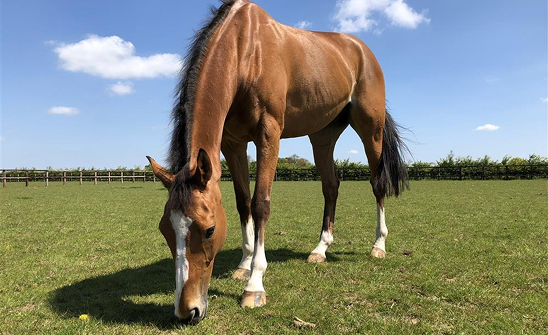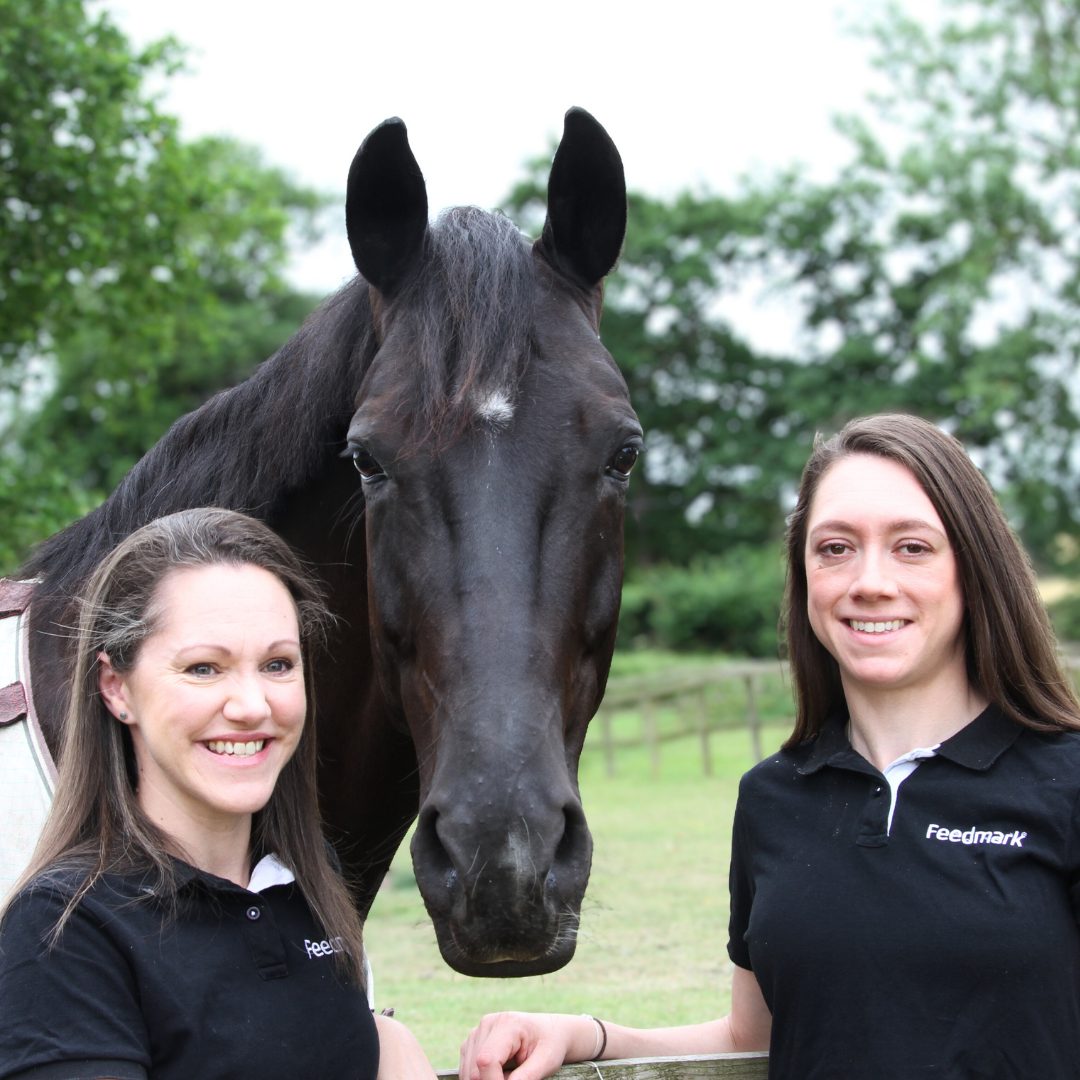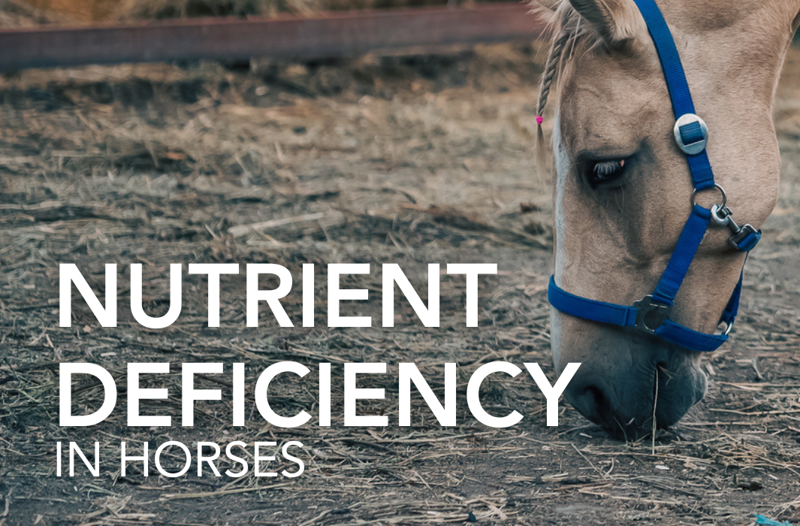Throughout the different seasons of the year our horses’ diets change quite a lot. Whether that’s due to longer stabling times and less access to grass during winter, those prone to laminitis needing soaked hay during spring months, or even just the fluctuations in the nutrient profile of grazing through the seasons, all of these scenarios alter the nutrient levels available to our horses through their diets.
Youngstock, pregnant or lactating mares, performance horses and those on box rest or stabled 24/7 are particularly likely to be deficient in vitamins and minerals unless they are fed a balanced diet adapted to their life stage and situation.

In the UK, the four most common deficiencies are Selenium, Vitamin E, Iodine and Sodium.
-
Selenium is a trace mineral and is often found naturally in the soil. If the soil is low in selenium, consequently your horse will be too. Selenium an essential co-factor for the Glutathione Peroxidase family of enzymes, which are powerful antioxidants usually implicated in muscle recovery following exercise, but it is also used in the body for iodine metabolism, supporting the immune system, and repair of DNA cells. Horses low in selenium can exhibit signs of muscles issues, poor fertility, poor immunity and inflammation. However, excessive levels of selenium can be toxic.
-
Vitamin E is an antioxidant in its own right, and works in tandem with Vitamin C to protect cells from oxidative damage. Horses who are low in vitamin E can show signs of gait abnormalities through muscle weakness, heart dysfunction and reproductive issues.
-
Iodine plays an important function within the horse’s thyroid metabolism and synthesising triiodothyronine and thyroxine (thyroid hormones). Low iodine levels are often characterised by a dull coat, lethargy, lack of appetite and thickened skin. A goiter (an enlargement of the thyroid gland, on the underside of the upper portion of the neck) can indicate both a deficiency and toxic excess.
-
Sodium is an incredibly important nutrient within the horse’s body as a lack of sodium will not trigger the thirst response, which can lead to the horse becoming dehydrated. This nutrient is especially needed throughout the summer months as the horse will sweat more and consequently need a higher sodium intake to replace what is lost. Signs of a sodium deficiency includes loss of appetite, lethargy, stiff movements and sweating with little exertion. It is therefore advisable to provide a well-balanced electrolyte supplement or table salt (sodium chloride) in the feed.
Testing for nutrient deficiencies in horses is not always straightforward, and while blood tests can provide useful information, they can’t provide an indication of the overall nutritional status for many different vitamins and minerals.
Symptoms of vitamin and mineral deficiencies often overlap, for example, fatigue and lethargy could be indicative of deficiencies in B vitamins, vitamin E, sodium or iron, while muscle issues and poor exercise recovery could be related to vitamins E, D, B (due to the requirement for nerve health in correctly innervating muscle cells) selenium, sodium, magnesium or calcium. Considering the nonspecific nature of symptoms and the limitations of blood testing in accurately diagnosing nutrient deficiencies, prioritizing a balanced diet presents a more efficient and preventative strategy.
For any advice or questions you may have, please don't hesitate to reach out to our expert nutrition team. You can call 0800 585525 Monday-Friday 8:30am-5:00pm. Email [email protected], or send us a DM on social media.



